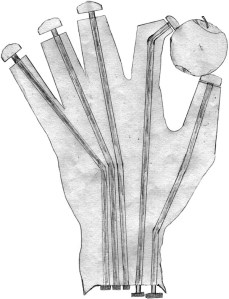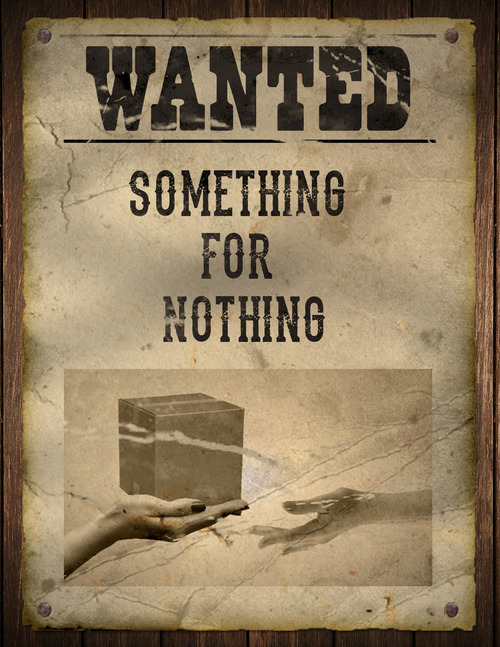Hi ideapholk,
We are excited to see so many of you posting really creative ideas. Here are the 8 best free ideas from October.
If you use a free idea from this list, or repeat it somewhere, make sure that you give credit to the original author. And if you want to work with any of the authors to build an idea they’ve posted, contact us – that’s what we’re here for.
Congrats to all the users who’s ideas were chosen this month. Our most prolific ideator (idiety?) from last month, Jhebner, has this month’s top idea. Also, he’s still the most prolific…🚀 Stay tuned for a special ideaphore contest coming in December.
an idea for an #engineer, #app, #gadget: a trackpad dedicated to creating legible digital flash cards for students – posted by Jhebner

Flash cards are a great way to organize your thoughts for study. But if the handwriting isn’t legible or if you lose a card, the utility demonstrably decreases, no? Jhebner suggests that if students had a dedicated device (trackpad or maybe a digital pen) solely for capturing handwriting and organizing it into legible digital flash cards, they would be more organized in their studies. It would be quicker if a device was dedicated to that action. I concur.
READ MORE ABOUT THE FLASHCARD PAD IDEA…
An idea for a #3DPrinting startup business that proposes “it’s not what you’re printing with, it’s what your printing around”. – posted by steveorst

I like to call this idea “crowdprinting.” Steve proposes that a 3Dprinting startup can focus on selling something other than the plastic material fed into the printer. When making customized gadgets, there is still plenty of stuff tht 3D printers can’t print, like batteries, connectors, and touchscreens. A large group of people could agree on a basic design for a gadget they all want, then the startup could source the unprintable items in customized shapes in bulk. Individuals buy a packet of the required unprintable parts for their new gadget. That way, a crowd of people can take advantage of economies of scale for the unprintable parts and still get individualized products from their 3D printers by customizing colors, designs, and flourishes. Where do I sign up?
READ MORE ABOUT THE CROWDPRINTING IDEA…
An idea to build something into bandaids that helps reduce swelling and pain; #bandaids, #firstAid – posted by mom2cubz
Oh, this idea is just so cool (couldn’t help myself). One of those icepacks that you crush to activate right in the bandaid. Someone draw this.
READ MORE ABOUT THE BETTER BANDAID IDEA…
An idea for @SpritzInc to use their fantastic speed-reading-for-everyone api to help people actually read those unbelievably long User Agreements – posted by steveorst
Turns out Spritz is already working on this and you’ll be able to read their whole site, including their user agreement, using Spritz again soon. Check out spritzinc.com.
READ MORE ABOUT THE SPRITZ USER AGREEMENTS IDEA…
An idea for @Yelp that proposes a “strike while the iron’s hot” change to the UX for better customer retention – posted by idea_man
Get those customers posting reviews while still in the moment by including a QR code on the check.
READ MORE ABOUT THE YELP ENGAGEMENT IDEA…
Dual age ratings on children’s toys for #Toys #ToyCompany – posted by mikameeks
Is there a way to get advanced toys for your older child that don’t pose a choking hazard to the younger child in your house? Well, there should be!
READ MORE ABOUT THE DUAL AGE RATINGS IDEA…
An idea to cut out the middleman in advertising for @MobileAppDeveloper – posted by Jhebner
Further blurring the line between employee and customer. I love it.
READ MORE ABOUT THE SUPER DIRECT MARKETING IDEA…
An idea to improve the ironing board experience @IroningBoardCompanies – posted by Jhebner
This idea has a lot of potential. Maybe high-end hotels can just make this part of their appeal, a fresh, washed ironing board cover.
READ MORE ABOUT THE IRONING BOARD IDEA…












